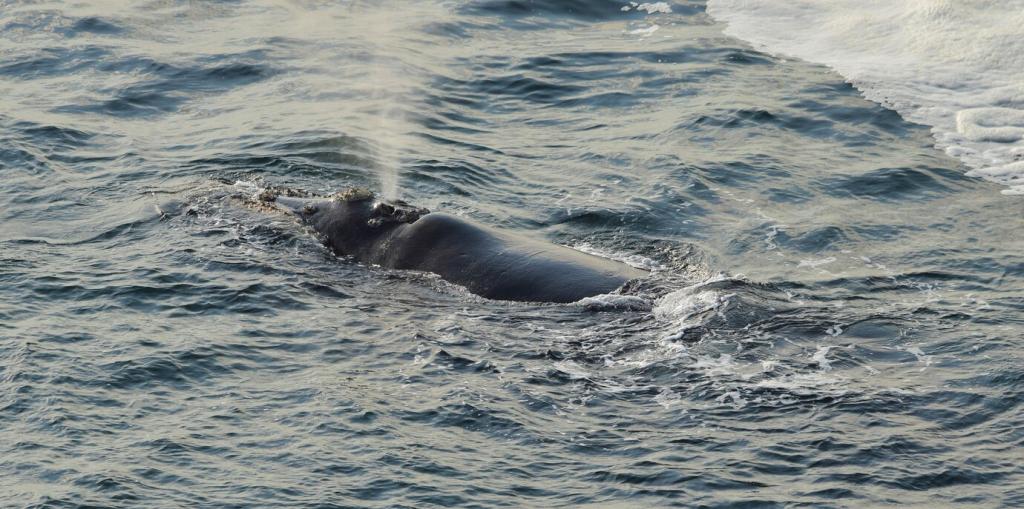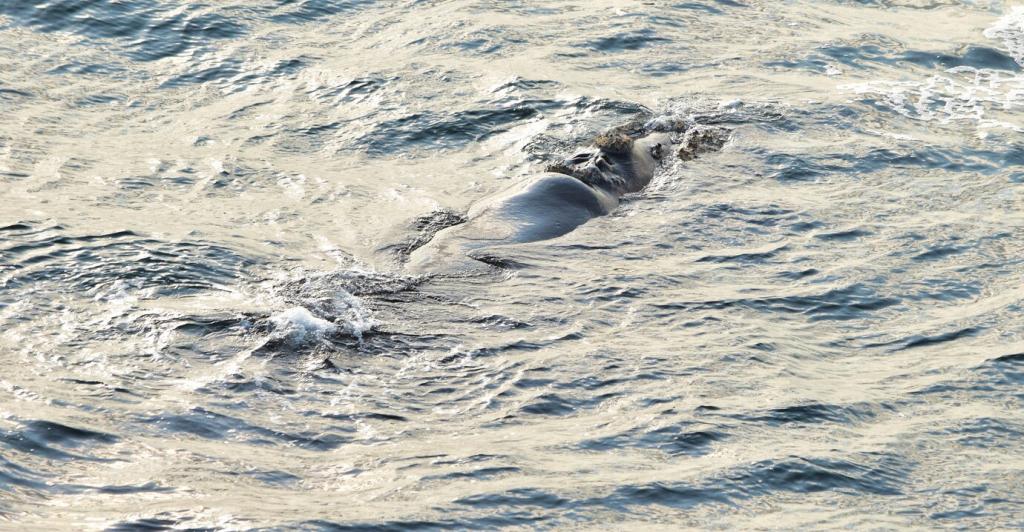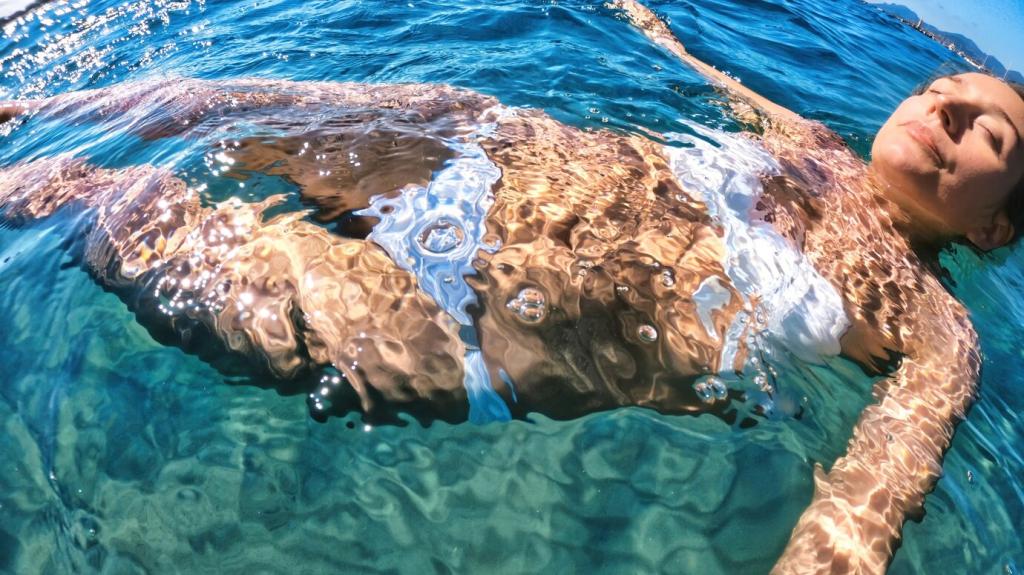Community, Culture, and Vibes
Predictable schedules help families plan lessons and lap times, especially during school months. Indoors, locker rooms, warm-water therapy areas, and viewing galleries streamline transitions. Parents trade tips on lane sharing while kids compare butterfly breakthroughs between giggles.
Community, Culture, and Vibes
Outdoor pools become neighborhood hubs with grills, shade tents, and weekend meets that feel like festivals. That relaxed energy can motivate reluctant swimmers to try an extra lap. What’s your favorite outdoor ritual—post-swim picnic, sunrise stretch, or splashy relay?






